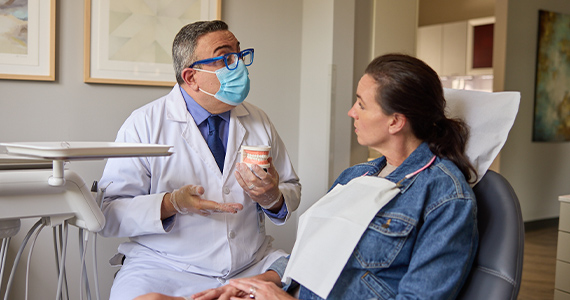Oral Cancer: Do You Know The Signs?
Did you know that dentists look for signs of oral cancer during your exam?

Look for Signs
Oral cancer can affect your lips, gum tissues, cheek lining, floor and roof of your mouth, tongue, tonsils or throat. Talk with your dentist if you have any of the following signs or symptoms;
- Any sore that bleeds easily and lasts longer than two weeks.
- Swelling, lump, rough spot, crust or small eroded area anywhere in or around the mouth or neck.
- White or red patches in the mouth or on the lips.
- Pain, tenderness or numbness.
- Difficulty chewing, swallowing, speaking or moving the jaw or tongue.
- A change in the way your teeth fit together.
Risk Factors
A risk factor is anything that increases your chance of getting oral cancer. Some risk factors can be reduced, others cannot. Risk factors include:
- Tobacco/Alcohol Use: Smoking and tobacco use increase the risk of oral cancer. Heavy smokers and alcohol drinkers are at a 30 times higher risk of oral and throat cancers compared to those who are not.
- Sunlight: Prolonged exposure to the sun increases the risk for lip cancer.
- Age: Those over age 40 are at a greater risk.
- Gender: Oral cancer affects men twice as often as it does women.
- Race: African Americans, especially males, are at greater risk of death from oral cancer.
- Human Papillomavirus (HPV): HPV may contribute to the development of approximately 70% of oral cancer cases.
What to Expect if an Issue is Identified
- Your dentist may complete a brush biopsy. This painless procedure can lead to a preliminary diagnosis.
- Your dentist may recommend that you see an oral surgeon for a surgical biopsy. The results and a definitive diagnosis are typically known and available a couple of weeks later.
Oral cancers can occur in people who do not use tobacco or have any other risk factors. This is why it is important to have regular checkups that include an oral cancer evaluation. Early detection can make a big difference in the outcome.
An oral cancer evaluation is an important part of a routine dental exam. Your dentist will look over the inside and outside of your mouth to check for lumps or other things that look abnormal. They will also examine your neck and throat. If your dentist finds something suspicious, they may refer you to an oral surgeon for further testing, diagnosis or treatment.
Note: The information in this document is not meant to replace the advice of your dentist or another licensed healthcare professional. Talk to your dentist for any specific dental advice.
Sources: American Cancer Society: https://www.cancer.org/cancer/types/oral-cavity-and-oropharyngeal-cancer.html American Dental Association: : https://www.mouthhealthy.org/all-topics-a-z/oral-cancer American Academy of Pediatrics: https://www.healthychildren.org/English/safety-prevention/immunizations/Pages/does-the-HPV-vaccine-prevent-oral-cancer.aspx?_ga=2.113603911.1512189843.1686141756-760932842.1682952813&_gl=1*1pbaprl*_ga*NzYwOTMyODQyLjE2ODI5NTI4MTM.*_ga_FD9D3XZVQQ*MTY4NjE0MTc1NS4zLjEuMTY4NjE0MTc3Ni4wLjAuMA Centers for Disease Control and Prevention: https://www.cdc.gov/cancer/hpv/basic_info/hpv_oropharyngeal.htm






